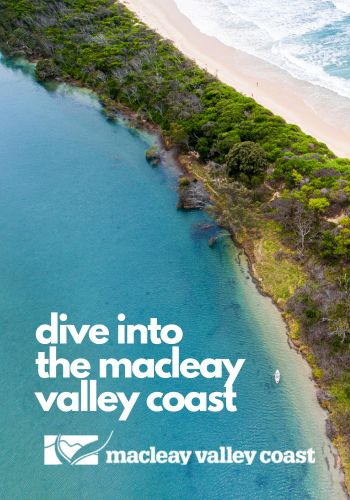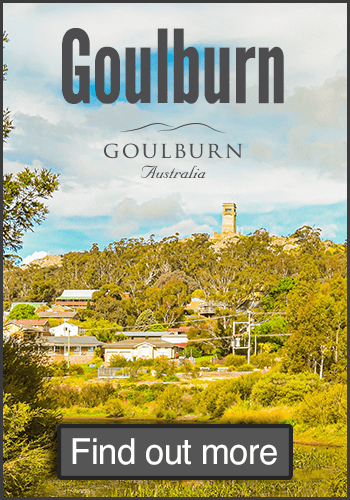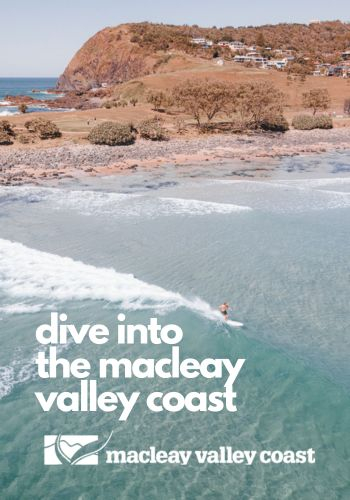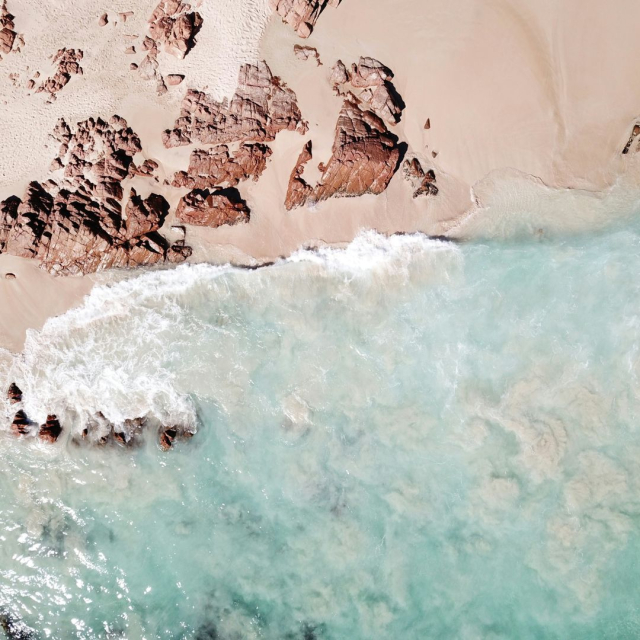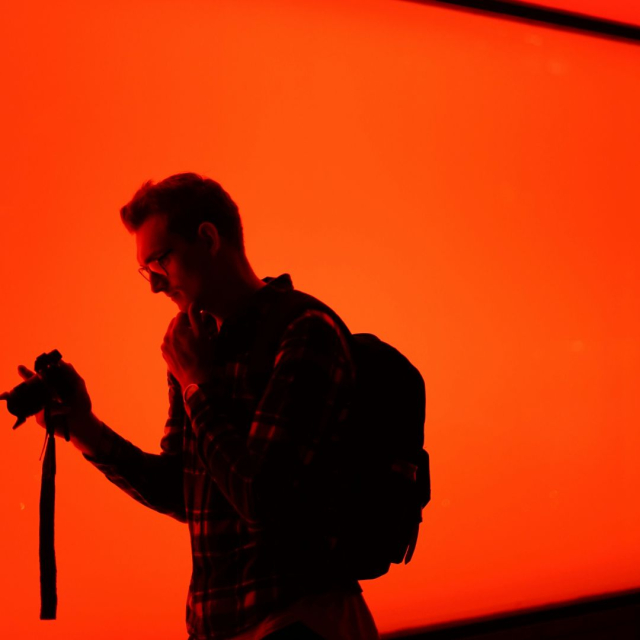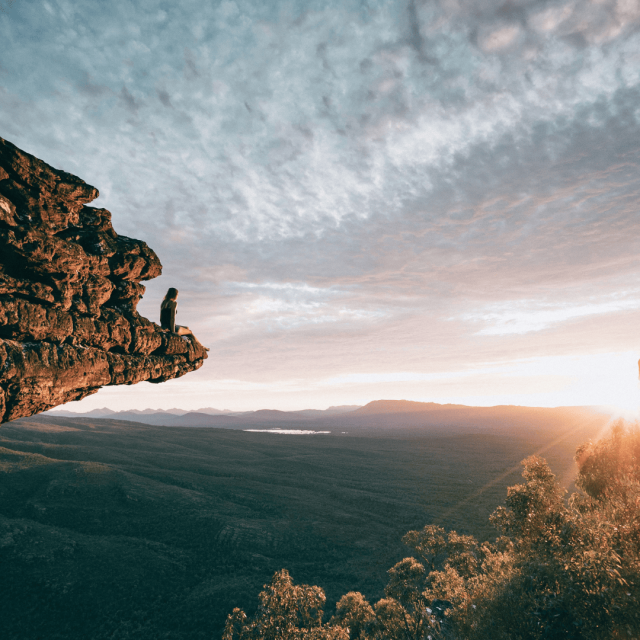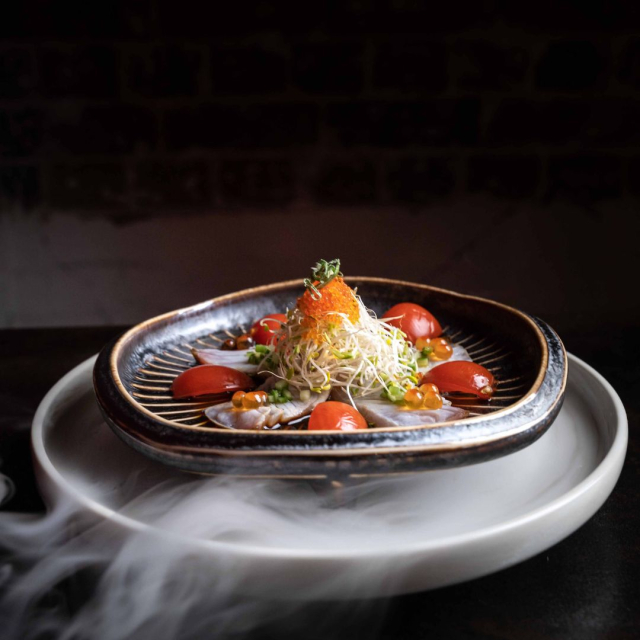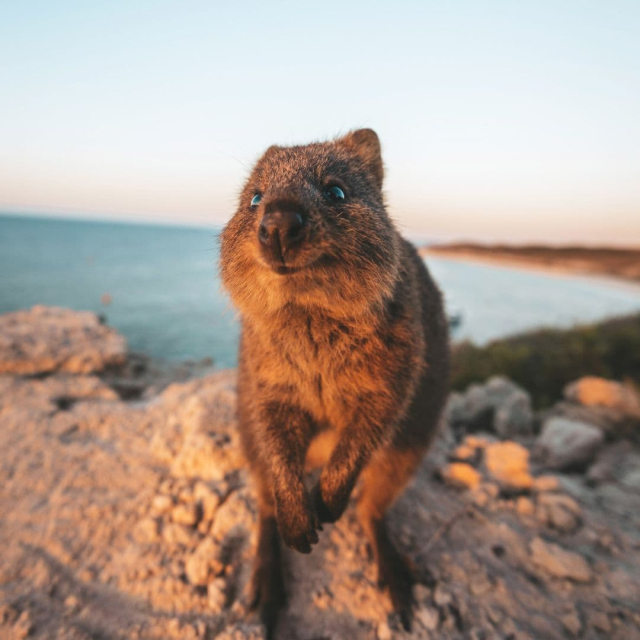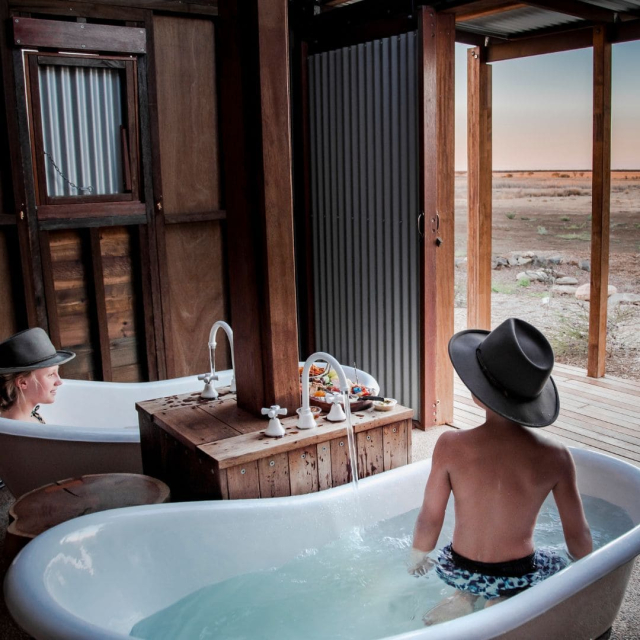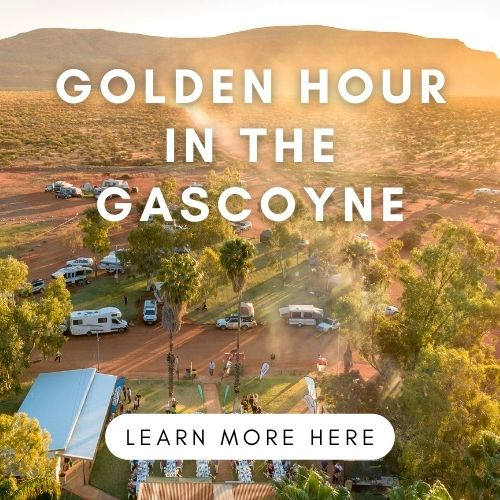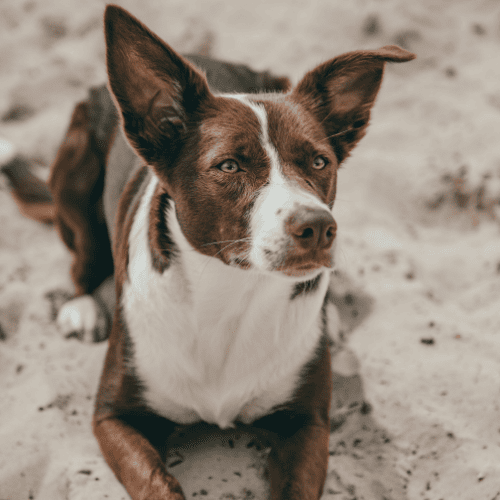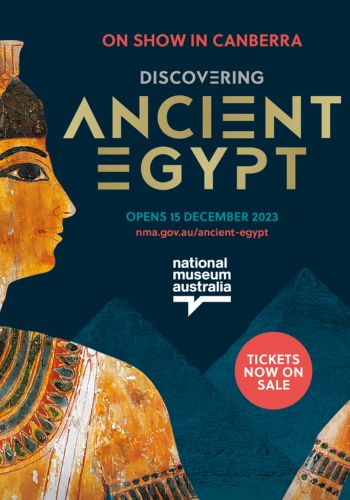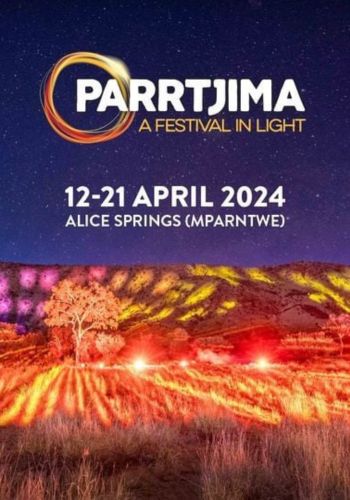Discover the real Australia with TrulyAus for Rex
Wide open spaces, friendly faces and unique places. Come with us on a journey around our great southern land, where you will never cease to be inspired. We’ll also regularly share the stories of Australians doing great things.
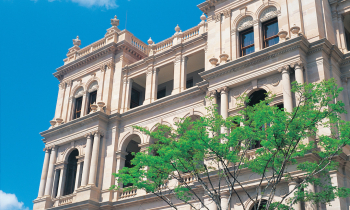
Discover the most fascinating heritage sites in Brisbane
From penal colony to thriving urban centre, the heritage sites in Brisbane offer a glimpse into its fascinating history.
READ MORE
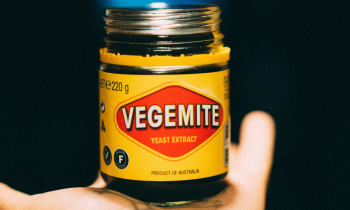
A mitey tale: the story of the inventor of Vegemite
As Vegemite celebrates a momentous 100 years, this book takes a look back at the man who invented the iconic Australian spread.
READ MORE
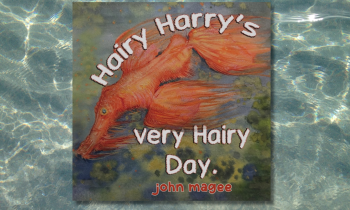
Rare ghost pipefish inspires Hairy Harry’s Very Hairy Day
Underwater macro photographer John Magee has launched Hairy Harry's Very Hairy Day after making an incredible ocean discovery.
READ MORE
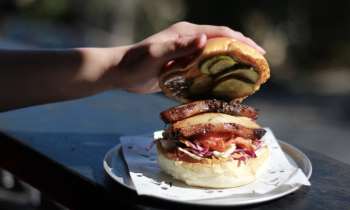
Take a bite out of Brisbane’s best restaurants
Brissie's dining scene has come leaps and bounds in recent years: discover some of the best restaurants in Brisbane.
READ MORE
Our Go-To Travel Guides
TrulyAus Magazine | Read the current issue
Rex.TrulyAus.com partners with TrulyAus magazine for Rex airlines, and is brimming with awesome content on regional, rural and outback Australia. If you’re after some extra travel inspiration, make a cuppa, sit back and have a good read of this beauty!


